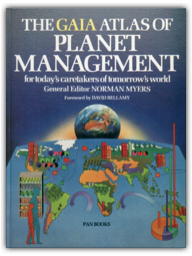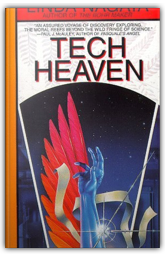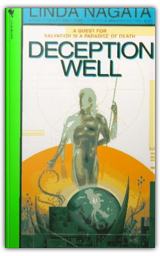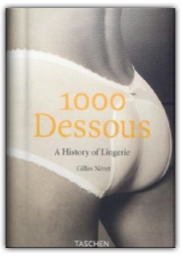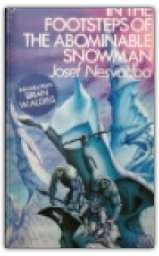Linda Nagata's debut novel The Bohr Maker (1995) was an impressive SF exploration of nanotechnology. In Deception Well (1997) and its sequel Vast (1998) she pushes this to extremes, with molecule-sized machinery and gene-modified human cells no longer distinct. There are cult-carrying viruses, infectious peace memes, adapted humans whose scaly armour is a permanent spacesuit, and possibilities of swapping biological material with alien species.
Particularly alien are the Chenzeme, who may have been extinct for 30 million years but whose organic spacecraft still prowl the galaxy, burning inhabited planets to bedrock with invincible gamma-ray lasers. (Reasons for this antisocial behaviour emerge in Vast.) Now four very odd humans hunting alien secrets are fleeing a Chenzeme vessel that year by year is overhauling their slower ship Null Boundary. Desperately they pretend to be Chenzeme, cultivating a hull covering of the glowing, semi-intelligent "philosopher cells" that form part of the alien ship-symbiosis. Perhaps by understanding these cells they can think in Chenzeme, learn to communicate, even make peace. A subtly dangerous tactic:
"We came this way to find the Chenzeme, not to become them."
Strange encounters follow, with nifty manoeuvres like Null Boundary dealing with surface infestation by plunging through the fiery halo of a star. There are discoveries and revelations; human and non-human life both go on; Nagata leaves room for a sequel. Quite impressive, although newcomers to SF may be intimidated by the complexity, far-out concepts, and back-references to Deception Well. —David Langford
 Vast
Linda Nagata
Vast
Linda Nagata
 Made with Delicious Library
Made with Delicious Library
